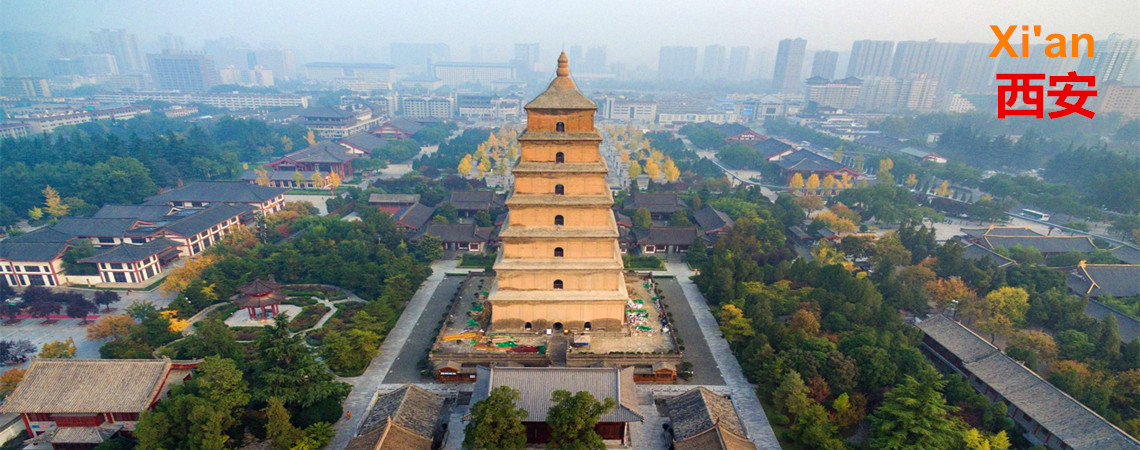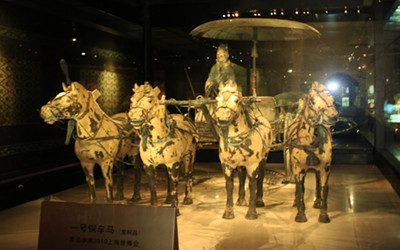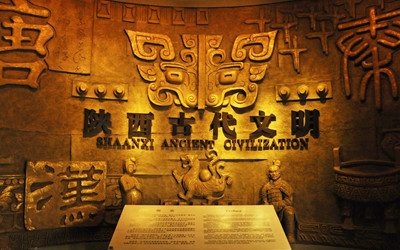Skype: neodalle-travel
Tel: +86 135 7447 2266
E-mail: sales@visitaroundchina.com

 Used to be Changan, the city of Xian is one of the birthplaces of the Chinese nation and eastern civilization. Xian has a history of over 6000 years, and it had been 13 dynasties set Xian as their capitals of countries for 1200 years.
Used to be Changan, the city of Xian is one of the birthplaces of the Chinese nation and eastern civilization. Xian has a history of over 6000 years, and it had been 13 dynasties set Xian as their capitals of countries for 1200 years.
|
Dynasty
|
Name of the Capital
|
Period as the Capital
|
|
Western Zhou Dynasty
|
Gaojing
|
1046BC – 771BC
|
|
Qin
|
Xianyang
|
350BC – 206BC
|
|
Western Han
|
Changan
|
200BC -9AC
|
|
Xin
|
Chanan
|
9 AC - 2 AC
|
|
Eastern Han
|
Changan
|
190 AC - 195 AC
|
|
Western Jin
|
Changan
|
313 AC - 316 AC
|
|
Early Zhao
|
Changan
|
319 AC - 328 AC
|
|
Early Qin
|
Changan
|
352 AC - 385 AC
|
|
Later Qin
|
Changan
|
386 AC - 417 AC
|
|
Western Wei
|
Changan
|
534 AC - 557 AC
|
|
Northern Zhou
|
Changan
|
557 AC - 581 AC
|
|
Sui
|
Daxing
|
581 AC - 618 AC
|
|
Tang
|
Changan
|
618 AC - 904 AC
|
 Qin Dynasty
Qin Dynasty Ask Questions ?
Ask Questions ?